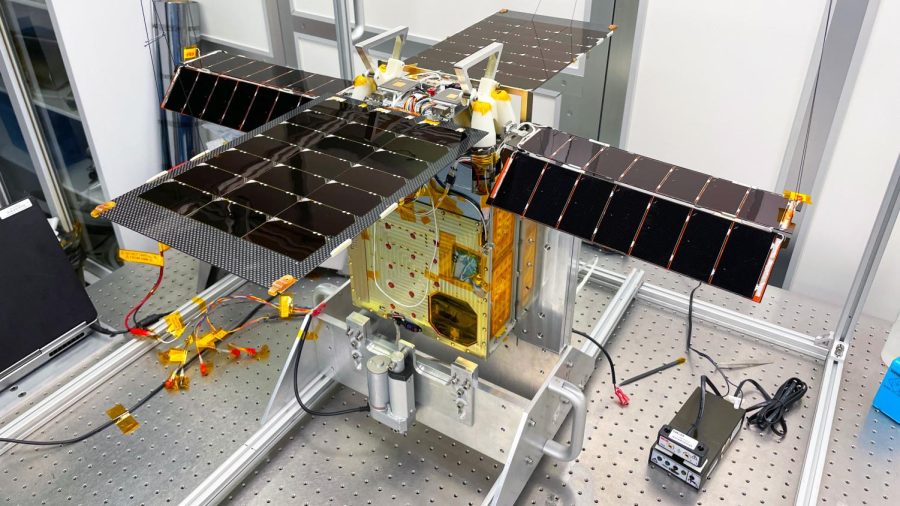What Happened to NASA’s Lunar Flashlight Mission
May 15, 2023
NASA has decided to end one of its ongoing missions designed to look for any sources of Ice on the south side of the moon. Over the last few months, NASA has been trying and failing to get the craft into its polar orbit.
While engineers spent months trying to find a workaround, it didn’t take long after launch for them to make an assumption Debri was blocking the path to the thrusters, not allowing them to reach full power.
Multiple techniques were tried to remove this blockage such as upping the amount of force to the thrusters attempting to break/burn what it left. Eventually, this technique became less effective and ultimately led to where we are today.
It is still unclear how the debris got into the system.
Originally the spacecraft developed by Georgia Tech students was supposed to embark on a four-month journey to the moon. Once getting close enough it would view the moon’s dark side for any signs of ice.
While it didn’t accomplish its goal the “Lunar Flashlight” broke down other barriers regarding space travel. This was the first spacecraft to go beyond the earth’s orbit using non-toxic gas.
All signs showed these thrusters worked well until the debris snuck in; opening up the potential for non-toxic space travel. While also including other technology to make flights enter the next level.
Despite the overall mission being unsuccessful NASA is hanging its hat on the accomplishments achieved alongside this mission.



